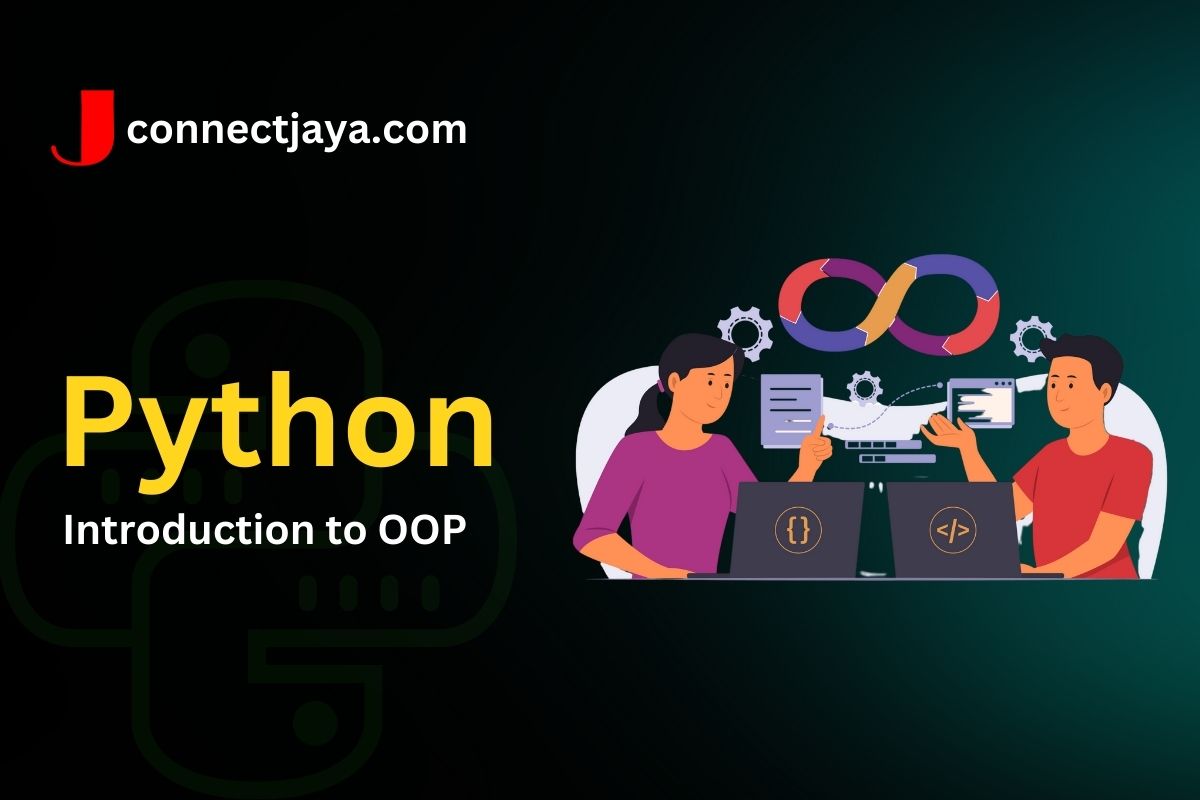Object-Oriented Programming (OOP) is a programming paradigm that uses objects as the fundamental building blocks for creating software applications. It is a way of organizing and structuring code that emphasizes the use of classes and objects to represent data and behavior. OOP allows for modularity, code reuse, and encapsulation of data and behavior.
In OOP, a class is a blueprint for creating objects. It defines the properties and methods that an object of that class will have. An object is an instance of a class, and it contains specific values for the properties defined by the class.
There are four main concepts in OOP:
- Encapsulation: This is the practice of hiding data and behavior within a class so that it cannot be accessed or modified directly by other code. The idea is to ensure that the class’s internal state is protected from external interference.
- Inheritance: This is the practice of creating new classes from existing ones, and inheriting their properties and methods. Inheritance allows for code reuse and can help to simplify code.
- Polymorphism: This is the practice of using the same interface to represent different types of objects. Polymorphism allows for more flexibility and extensibility in code.
- Abstraction: This is the practice of simplifying complex systems by breaking them down into smaller, more manageable parts. Abstraction allows for a high level of modularity and code reuse.
Together, these concepts form the foundation of OOP and allow developers to create complex, modular applications that are easier to manage and maintain.
Example
class Car:
def __init__(self, make, model, year):
self.make = make
self.model = model
self.year = year
self.speed = 0
def accelerate(self):
self.speed += 5
def brake(self):
if self.speed >= 5:
self.speed -= 5
def get_speed(self):
return self.speed
In this example, we have defined a Car class with a constructor (__init__) and three methods (accelerate, brake, and get_speed). The constructor initializes the make, model, and year of the car, as well as its current speed (which is set to 0 by default). The accelerate method increases the car’s speed by 5 units, while the brake method decreases the car’s speed by 5 units (but only if the car is going at least 5 units). The get_speed method simply returns the car’s current speed.
We can create an instance of this class by calling it with the appropriate arguments:
my_car = Car("Toyota", "Camry", 2022)
Once we have an instance of the Car class, we can call its methods:
my_car.accelerate() # speed is now 5 my_car.accelerate() # speed is now 10 my_car.brake() # speed is now 5 print(my_car.get_speed()) # prints 5
This is just a simple example, but it demonstrates the basic concepts of classes, constructors, and methods in OOP.
Use Cases
Object-Oriented Programming (OOP) has a wide range of use cases. It is used in software development to create modular, scalable, and maintainable applications. Here are some use cases of OOP:
- Creating reusable code: With OOP, code can be organized into modules or classes, making it easier to reuse code in different parts of an application or in other applications.
- Encapsulation: OOP allows for the encapsulation of data and methods, which helps to protect the data from being modified accidentally by other parts of the application. This can be useful in situations where data security is important, such as in banking or healthcare applications.
- Inheritance: Inheritance allows new classes to be based on existing classes, inheriting all of their attributes and methods. This can save time and effort in creating new classes and also helps to ensure consistency across an application.
- Polymorphism: Polymorphism allows for different objects to be treated as if they are the same type of object. This can be useful in situations where different objects may have different methods or properties, but need to be treated in a similar way.
- Modeling real-world objects: OOP can be used to model real-world objects, such as cars, animals, or people, which can help to make an application more intuitive and easier to use.
Overall, OOP provides a powerful set of tools for creating robust and maintainable software applications.

